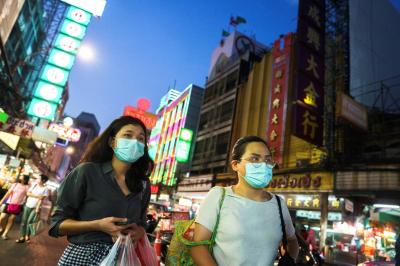Chinese authorities announced on Saturday that they have detected new COVID-19 outbreaks in two additional areas, one of which includes a city with a population of 31 million, marking the most serious spike in infections the Asian giant has seen in months. The National Health Commission reported that new cases were identified in Fujian Province and Chongqing Municipality, adding these regions to Beijing and four other provinces where Delta variant infections had already been reported.
The total number of new cases recorded in these areas has reached 55, increasing the overall number of infections reported in China since July 20 to over 200, following the first outbreak in Jiangsu Province where nine airport staff members tested positive for the virus.
On Saturday, authorities in Nanjing ordered all tourist attractions and cultural places to remain closed due to the rising infection rate nationwide. Health officials imposed a quarantine on hundreds of thousands of residents in Jiangsu Province and its capital, Nanjing, where the city’s 9.2 million residents underwent testing twice.
In Zhangjiajie, a tourist city in Hunan Province, where several COVID-positive individuals attended a theater performance, authorities placed all 1.5 million residents under quarantine on Friday and shut down all tourist sites. In the Chang Ping area on the outskirts of the capital, where two COVID cases were discovered, officials imposed a quarantine on 41,000 people on Thursday.
This marks the first locally transmitted infection recorded in Beijing, which has a population of over 20 million, in six months. Although the virus first emerged in Wuhan, Central China, at the end of 2019, China managed to largely control the epidemic through strict lockdown measures imposed on residents in affected areas. Thanks to these stringent measures, life in China returned to a near-normal state by spring 2020, with only two COVID-related deaths reported since April 2020.




